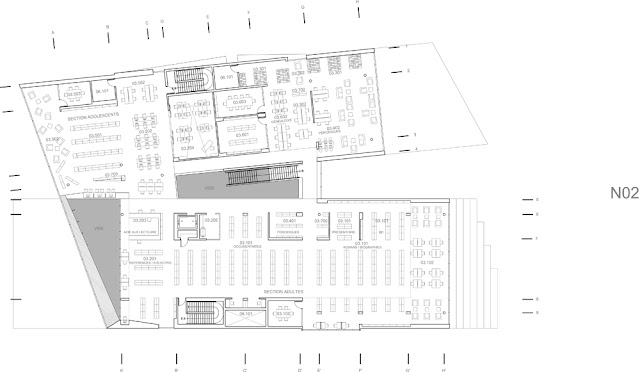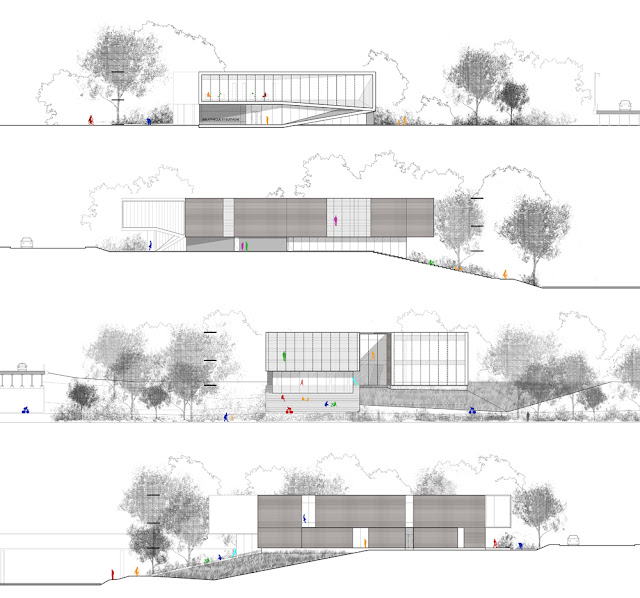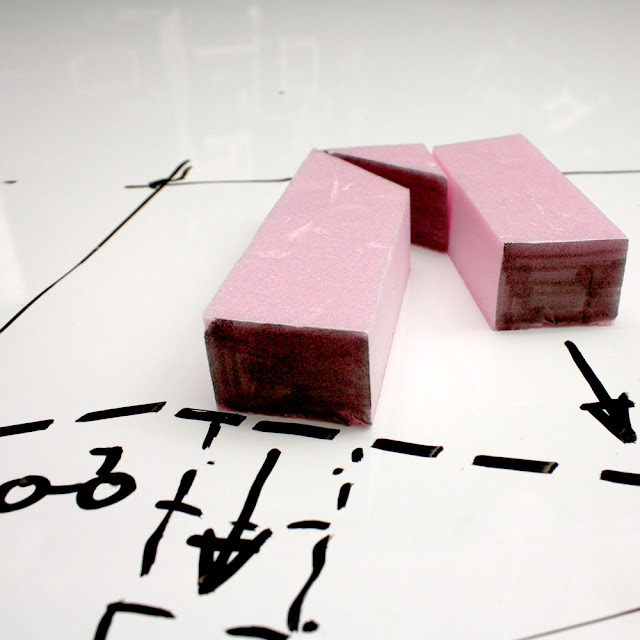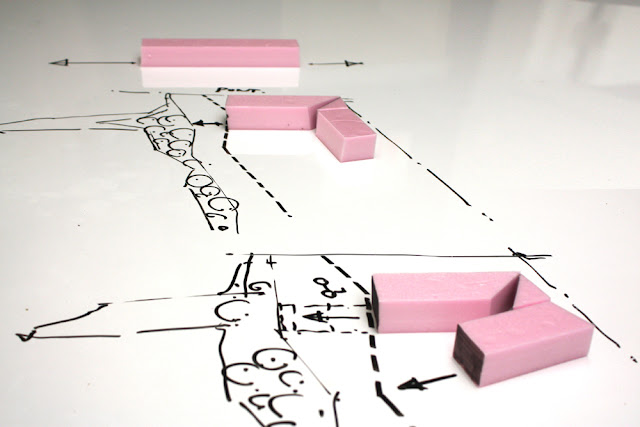ACDF * Architecture
Post By:Kitticoon Poopong
 |
| Image © Courtesy of ACDF * Architecture |
 |
| Image © Courtesy of ACDF * Architecture |
Principles of Landscape and Urban Design
The parti of the project attempts to distinguish between diverse components of the project that converge with each other, yet compose a homogeneous cohesion. The new building will function as a bridge between the city and nature, tranquility and movement, culture and community. The proposal is thought of as the idea of “living together”, continuously promoting exchange between the library users, staff, and community. The volumetrics and orientation of the new library are derived from a series of major precepts discovered at the beginning of the conception process. The factors include the diverse built and natural context of the site, physical site constraints, and the complex functional program of a modern library. |
| Image © Courtesy of ACDF * Architecture |
The Context, Community and the New Library
This positioning of the building establishes the new library as a beacon at the entrance to the city, while managing the utilitarian requirements of the project such as parking and deliveries. The library will be constructed over former water reservoir infrastructure (which is now filled), to minimize project costs, but most importantly to reduce the disturbance of the riverside site. The main façade of the new library has been angled towards the street in addition to a central portion that opens onto the adjacent intersection establishing a powerful presence in the town. This skewed orientation gives to the scheme a presence when viewed from the city, but also from the rivers edge while in acting as a pavilion that marks the entry to the public park. |
| Image © Courtesy of ACDF * Architecture |
 |
| Image © Courtesy of ACDF * Architecture |
Methodologies in Deriving the Form of the Library
The siting of the library responds to a strong intention to connect the urban form of the town, to the bucolic site. The point of departure is the deformation of a simple, elongated box in which the library program is placed. Following this, the volume was manipulated twice to generate the basic form of the building. |
| Image © Courtesy of ACDF * Architecture |
 |
| Image © Courtesy of ACDF * Architecture |
 |
| site plan--drawing Courtesy of ACDF * Architecture |
 |
| floor plan 01--drawing Courtesy of ACDF * Architecture |
 |
| floor plan 02--drawing Courtesy of ACDF * Architecture |
 |
| elevations--drawing Courtesy of ACDF * Architecture |
 |
| model analysis--drawing Courtesy of ACDF * Architecture |
 |
| model analysis--drawing Courtesy of ACDF * Architecture |
 |
| model analysis--drawing Courtesy of ACDF * Architecture |
Architects: ACDF* architecture-urbanisme-intérieur
Location: Saint-Eustache, Canada
Project Team: Sylvain Allaire, Guy Courchesne, Maxime Frappier, Joan Renaud, Laurence Lebeux,
Antonio Dibacco, Gabriel Villeneuve.
Constructor: Opron
Client: City of Saint-Eustache
Project Area: 2600 sqm
Project Year: 2010-2012
Images: © Courtesy of ACDF * Architecture

